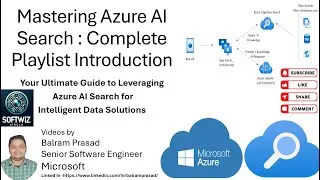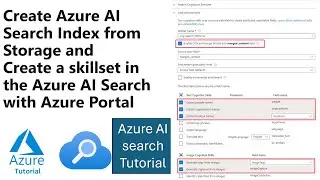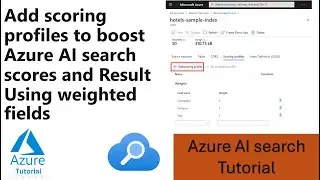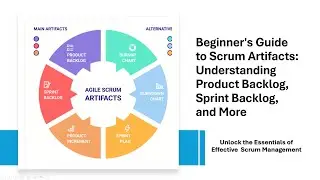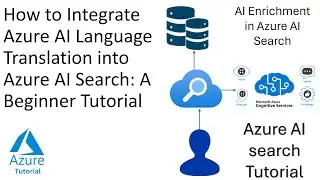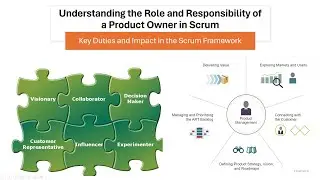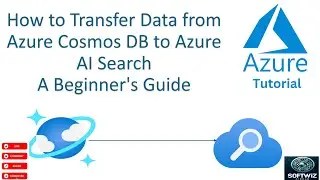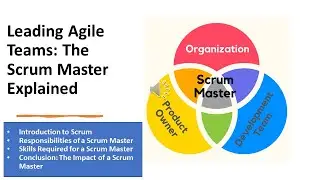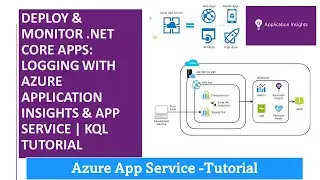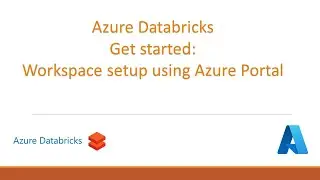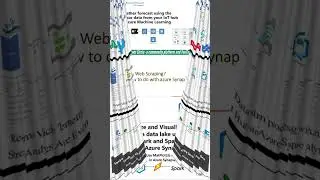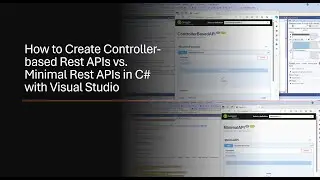GRAPHQL tutorial | GraphQL vs REST | GraphQL API | GraphQL Query | GraphQL Mutation | GraphQL basics
GraphQL Query Mutation Subscription . First Look at GraphQL Queries, Mutations, and Subscriptions. Graphql best tutorial.
Queries are used by the client to request the data it needs from the server. Unlike REST APIs where there’s a clearly defined structure of information returned from each endpoint, GraphQL always exposes only one endpoint, allowing the client to decide what data it really needs from a predefined pattern.
GraphQL is an open-source data query and manipulation language for APIs, and a runtime for fulfilling queries with existing data. In this post, we'll take an in-depth look at GraphQL core features like queries, mutations and subscriptions to better understand them and equally demonstrate how we can best leverage their functionality to build better APIs with GraphQL.
Queries
I consider queries to be the single most important part of the GraphQL architecture. They are the means by which the client can request the data it needs from the server.
GraphQL queries also provide the major difference between GraphQL and REST. As such, while REST has a clear structure of the data returned from a certain endpoint, GraphQL only exposes one endpoint for all requests, thus allowing the client to ask for what it specifically needs.
Mutations
In GraphQL, mutations are mostly used to modify data on the server. They're not very different from the queries we've written before. As a matter of fact, they share the same syntax with the inclusion of the mutation keyword. With GraphQL mutation, we can Create, Update and Delete data on the server.
Subscriptions
So far, we have seen how to fetch data from the server using queries and how to modify data on the server with mutations. Next, let's look at how we can subscribe to events on the server with GraphQL subscriptions. According to the GraphQL documentation, subscriptions are a way to push data from the server to the clients that choose to listen to real-time messages from the server.
What this means is that with GraphQL subscriptions, we can create and maintain a real-time connection to the server. That way, we can subscribe to an event on the server, whenever that event is called, the server responds with corresponding data to the client in real time.
Just like queries, subscriptions specify a set of fields to be delivered to the client whenever an event happens on the server. The difference is, with queries, you get the requested data fields(s) you defined in the query in one answer when the request gets to the server, and that's it. With subscriptions, however, the connection remains open and sends a result to the client every time a particular event happens on the server.
Please follow and ask any question to our linkedin profile and twitter or our web site and we will try to help you with answer.
Linkedin
/ softwizcircle
twitter
/ soft_wiz
website
FB
/ softwiz-circle-113226280507946
Here Group of People are sharing their Knowledge about Software Development. They are from different Top MNC. We are doing this for community. It will help student and experience IT Pro to prepare and know about Google, Facebook, Amazon, Microsoft, Apple, Netflix etc and how these company works and what their engineer do.
They will share knowledge about Azure, AWS , Cloud, Python, Java,.Net and other important aspect of Software Development.
![[Overwatch] Overview Of New Map Coming Soon](https://images.videosashka.com/watch/PK9X0pkHsQ4)







